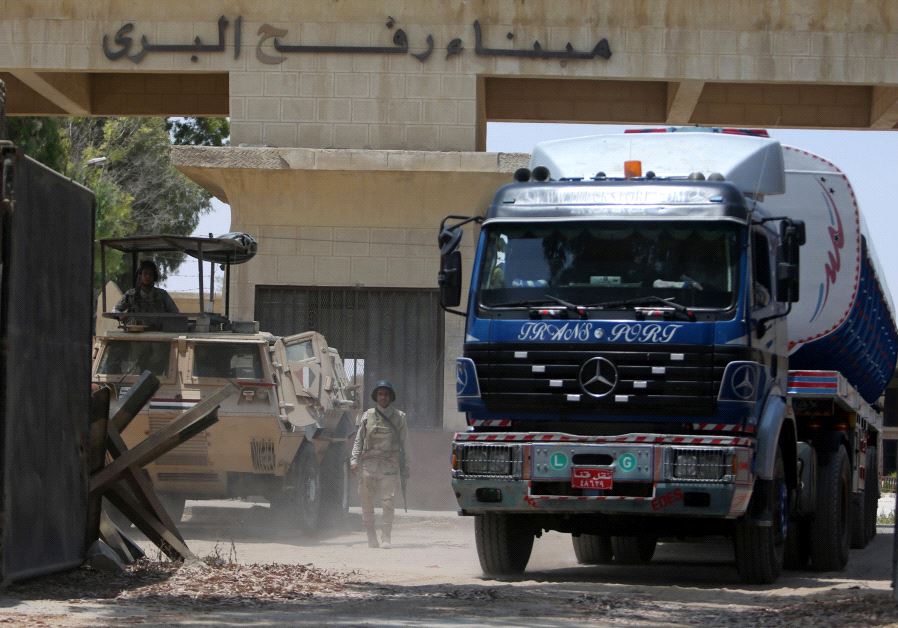Ramallah– For the first time in years, Egypt has provided Gaza Strip with industrial diesel to generate power, as Israel continued to reduce the electricity flow in the area for the third consecutive day.
Fuel trucks were seen Wednesday passing through the Rafah border, which was specially opened for this purpose.
Deputy Minister of the Hamas-run Interior Ministry Tawfiq Abu Naim said that he hoped fuel from Egypt would continue to enter Gaza.
In a news conference, he said: “We support and appreciate the Egyptian attitude towards Gaza.”
“There are also promises about opening Rafah border as well as providing other facilitations,” he added.
The Egyptian diesel will help activate Gaza’s single power plant, which would increase the hours of electricity supply and ease the Palestinian enclave’s desperate power crisis.
Salim al-Kayali, head of the financial sector in Gaza’s high administration committee, announced the arrival of 11 Egyptian fuel trucks carrying around one million liters of industrial diesel.
The official said he expected that another million would be received on Thursday morning.
The authorities in Gaza have estimated that the Egyptian fuel would increase the electricity supply hours from four hours to eight hours per day.
At least two million residents in Gaza were receiving only a few hours of mains power before this week, as the power station was shut down in April due to fuel shortages.
In response to Egypt’s decision to supply Gaza with fuel, Israel has continued to reduce the electricity flow in the Palestinian enclave.
According to Mohammed Thabet, director of public relations, said that the occupation authorities reduced the output of al-Shaaf grid, which feeds the Gaza City district, from 12 to 6 megawatts, while the output of Line 8, which feeds the Khan Yunis district in the southern Gaza Strip, was also reduced from 12 to 6 megawatts.
